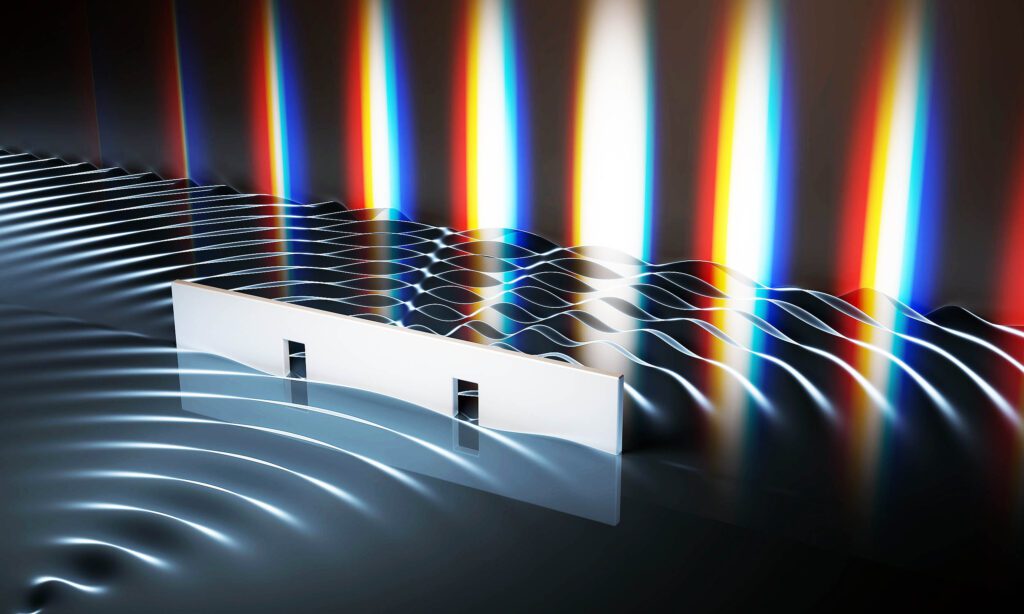Recent research led by Gerhard Rempe at the Max Planck Institute for Quantum Optics challenges the conventional duality of light as both waves and particles. Traditionally, the double slit experiment demonstrated light’s wave-like behavior through interference patterns. However, the new theory suggests that interference may also stem from "detectable" and "undetectable" states of photons, where hidden or "dark" photons remain in places typically perceived as non-interactive.
This approach reinterprets interference patterns as a quantum superposition rather than solely classical wave interference. In this model, measuring photons may convert dark states into bright ones without disrupting the system completely. It emphasizes particles in optical interference, presenting a novel understanding of how light interacts.
The findings encourage new detection methods for photons in areas previously thought to be void of light, potentially impacting optical technology and measurement techniques. Critics argue that while this model enriches our understanding, the wave-based theory still remains effective in many contexts. The study is published in the Journal of Physical Review Letters.


